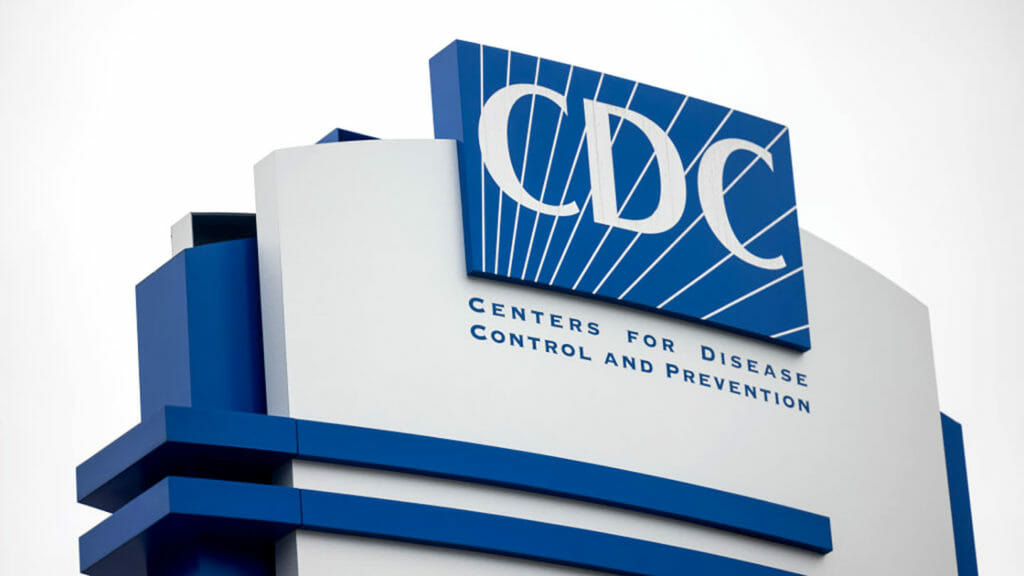
In updated COVID-19 guidance for certain congregate living settings such as independent living and assisted living communities, the US Centers for Disease Control and Prevention recommends that the settings apply prevention strategies based on community transmission levels.
Although the update primarily focuses on streamlining guidance for homeless shelters and correctional facilities, LeadingAge said that some elements could apply to independent living settings as well as Department of Housing and Urban Development Section 202 Supportive Housing for the Elderly residences.
In the updated guidance, the federal agency provides information on how congregate living settings can assess and mitigate risk by balancing the need for COVID-19 prevention with the effects of reducing access to daily services and programming.
Along with monitoring community transmission levels, the CDC said, facilities also can consider factors indicating heightened risk, including examining whether a facility’s population is more prone to illness, whether COVID-19 is present in a facility, and whether a facility’s structural and operational characteristics might accelerate the spread of illness.
The CDC also provided recommendations for enhanced prevention strategies to mitigate the risk of spreading illness. The agency recommended that facilities improve ventilation, implement routine screening tests, expand the use of masks and respirators, enhance cleaning and disinfection protocols, and create physical spaces that allow for social distancing.
Assisted living enjoying more flexibility
The CDC revised its COVID-19 infection prevention and control guidance for healthcare settings in September, offering assisted living the option of following either the COVID-19 healthcare settings recommendations or the more flexible congregate care setting recommendations. The decision will come down to how a state categories assisted living communities, the agency said.
Senior living experts welcomed the revised guidance at the time, saying that it provided more flexibility for providers to respond to current local conditions.
The earlier guidance indicated that, in general, long-term care settings, including assisted living settings, where staff members provide non-skilled personal care should follow community prevention strategies based on COVID-19 community transmission levels, similar to what independent living and other non healthcare congregate settings do.




